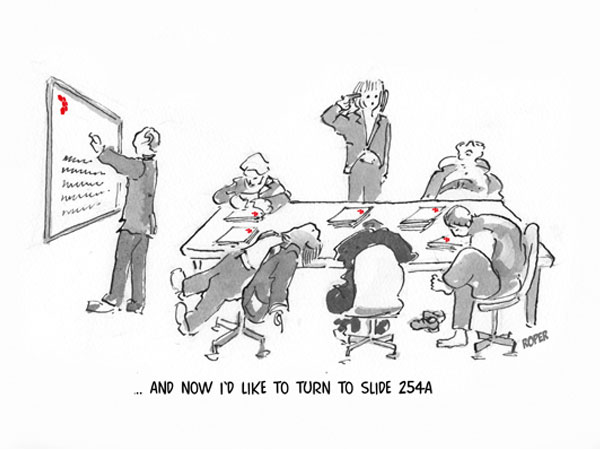You’ve built a solid business.
The product works. The clients are happy. The numbers are moving in the right direction. From the outside, it’s going well.
So why does it feel harder than it should?
The team’s not quite coming together the way you hoped. You’re seeing gaps, slow decisions, or things falling between the cracks. There’s a nagging sense that you’re still holding too many pieces together yourself.
You’ve done everything you know to do right. So why does it still feel like a struggle?
When a good business becomes a hard place to work
It’s one of the most common experiences I see with growing SMEs, especially those built on strong technical or operational foundations. You’ve focused on the quality of what you offer, and rightly so. But somewhere along the way, the experience of working in the business has started to drift.
You might notice:
- People hesitating rather than taking ownership.
- Team members ‘staying in their lanes’, when collaboration would help.
- A creeping sense of inertia or disengagement.
- That feeling of being the only one who can “see the whole picture”.
You’re not imagining it. And you’re definitely not failing. What you’re running into is the point where technical excellence alone isn’t enough.
You’ve got vision. You’ve got values. What you need next is rhythm.
Most founder-owners I work with are clear on where they’re going. You’ve got a compelling mission, a decent set of values, and a deep sense of responsibility for your people. But what’s often missing is rhythm – the management habits and frameworks that turn big ideas into daily practice.
It’s not about writing another company values poster, it’s about the small, human-scale systems that make your business tick:
- Do people know what’s expected of them?
- Do they know how they’re doing?
- Are they getting feedback regularly — not just in a crisis?
- Is there space to talk about how they’re working, not just what they’re doing?
When those things are missing, people hesitate – not because they don’t care, but because they’re unsure. Or unclear. Or slowly switching off because no one’s shining a light on what they’re doing well.
You can’t fix culture with positivity alone
Let’s talk about the people side of performance.
When a team feels stuck or sluggish, the instinct is often to ramp up the motivation. We try harder to be positive. We remind people of the mission. We throw in a few away-days or celebrations.
None of that’s wrong. But if the day-to-day basics of leadership aren’t there – if there’s no clarity, no structure, no regular check-ins or feedback loops – then all the enthusiasm in the world won’t fix it.
Culture isn’t how it feels to work in your business: it’s what your team members actually experience, day in and day out.
And if you want that experience to feel good – to be clear, purposeful, rewarding – you need to build the scaffolding that supports it.
‘Soft’ skills are business-critical
In fact, let’s stop calling them ‘soft’. The skills that help people work well, talk well, make decisions, give feedback, support each other, are essential to any growing organisation.
They’re not a nice-to-have, but the hidden architecture that holds your business together as you scale.
And the good news? They’re not mystical. You can learn them. You can build them in your managers. And you can make them a natural, normal part of how your business runs.
Want a business that’s as good on the inside as it is on paper?
If your team’s starting to feel sluggish, or your culture’s just a bit “off”, you don’t need to start again. You don’t need a full restructure, and you don’t need to be tougher or nicer or more hands-on.
You just need to connect the dots between your leadership and your organisation.
Start by:
- Making expectations explicit through clear roles, accountabilities, and measures of success.
- Establishing a consistent operating rhythm: 1:1s, team meetings, check-ins – and sticking to it.
- Giving people regular feedback, so they’re never in the dark about how they’re doing.
- Creating space to talk about how people experience their role – not just about what they’re delivering.
It’s not always glamorous. But it’s the difference between a team that survives and one that thrives.
Do you want a team that thrives? Let’s talk…
Book a Leadership Power Hour with me
A Leadership Power Hour gives you an hour of 121 time. I’m an organisation leadership coach who has been working with successful SME business leaders for over 30 years.
I’m also the author of ‘A Buzz in the Building: How to build and lead a brilliant organisation’. In your 121, you’ll establish what you’re hoping to achieve and work to achieve an actionable result by the end of our hour together.
You might want to choose between different courses of action, get advice on a specific issue you are stuck with, or just need a sounding board.
My insights, suggestions and practical advice will enable you to come up with an actionable plan to move your business forward.
This is an effective and powerful way to resolve a niggling issue, and, for a small investment, to experience how useful organisation leadership coaching can be.
Book now for just £199 + VAT: 07801 259637
